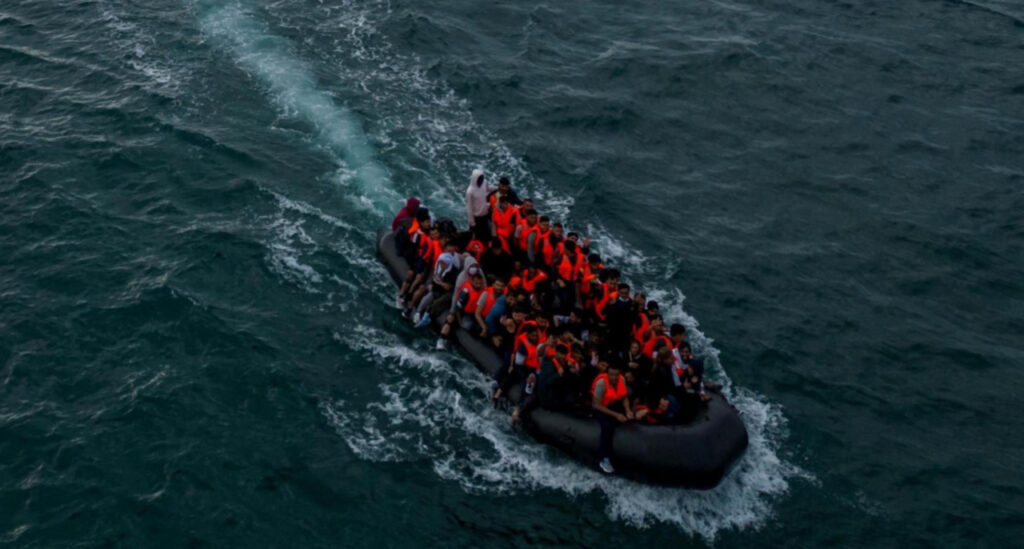A migrant has tragically died while attempting to cross the English Channel in one of the small boats that have become a common sight in recent years.
The incident occurred early on Friday morning, and the Royal National Lifeboat Institution (RNLI) confirmed its involvement in the rescue operation.
The RNLI launched its all-weather lifeboat in response to an alert from HM Coastguard at 8.15 BST. A group of individuals, including the deceased migrant, were brought to Dover in a Border Force boat following the operation.
This death highlights the ongoing risks associated with illegal small boat crossings in the English Channel, an issue that has become increasingly prevalent in recent years.
In 2025, more than 9,000 people have already attempted the perilous journey from France to the UK, surpassing the total number for the same period in any year since data on Channel crossings began in 2018. The Home Office data also indicated that on Friday, 211 individuals crossed the Channel in three separate boats.
The surge in crossings comes amid growing concerns about the safety of migrants who embark on such dangerous journeys. The crossings often take place in overcrowded, unseaworthy vessels, posing significant risks to life.
The Home Office has repeatedly called for an end to these crossings, with a spokesperson stating, “We all want to end dangerous small boat crossings, which threaten lives and undermine our border security.”
The death is not an isolated incident. On Tuesday, more than 705 migrants crossed the Channel in 12 boats, marking the highest number of arrivals on a single day so far in 2025.
Despite efforts to tackle the issue, including increased patrols and the deployment of security measures, the number of crossings continues to rise, exacerbating concerns over both safety and border control.
The English Channel, one of the busiest shipping lanes in the world, remains a perilous route for migrants seeking to reach the UK. Over the years, various political and humanitarian responses have been proposed, yet the issue persists as migration routes across Europe remain uncertain and dangerous.
The government’s continued attempts to address the crisis have not yet produced a definitive solution, and the situation remains a key point of debate in UK immigration policy.


